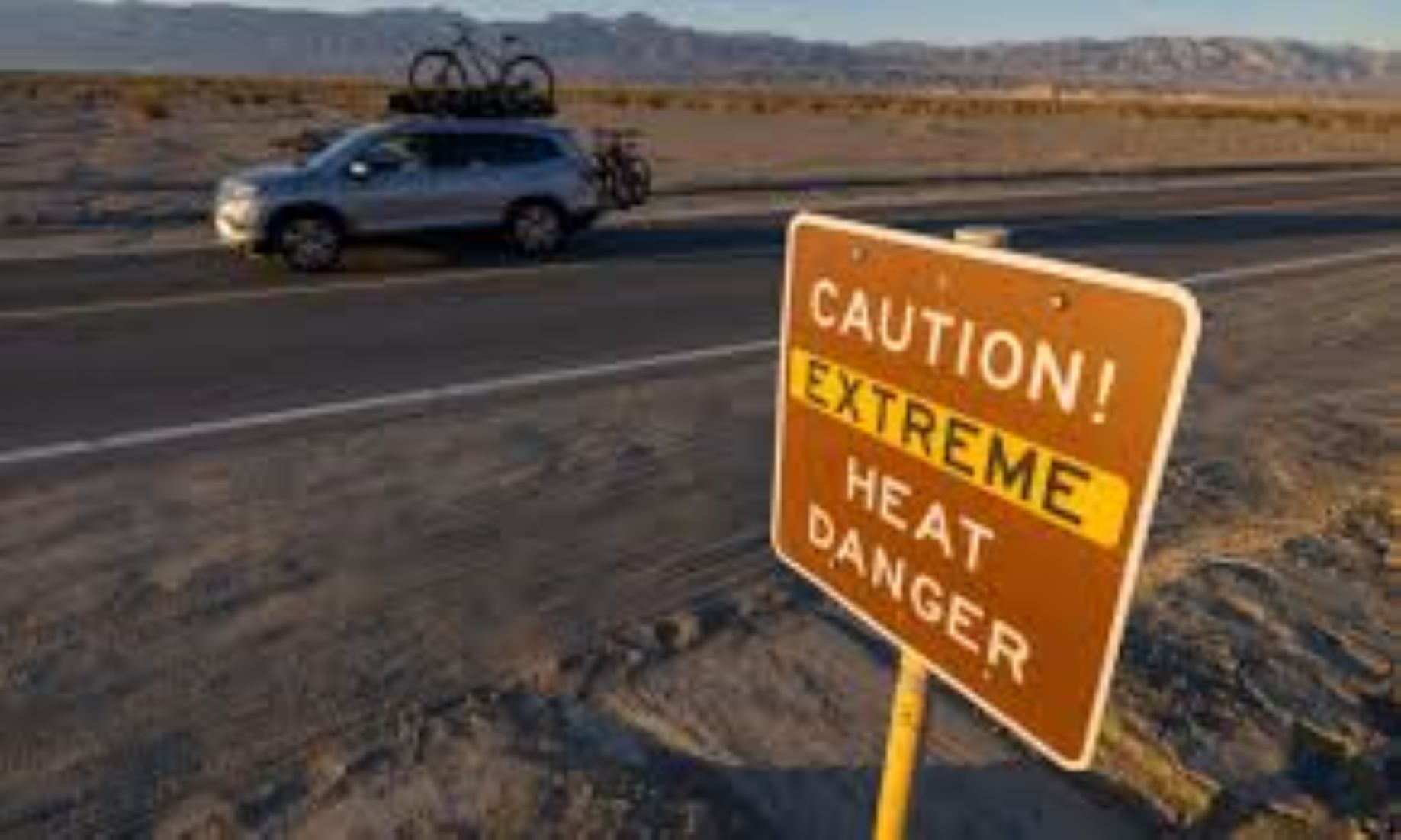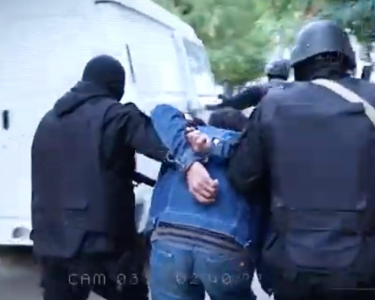LOS ANGELES, Jun 9 (NNN-XINHUA) – A lingering heat wave continued to scorch the south-western United States this weekend, bringing record-breaking temperatures and leaving millions under heat advisories.
The intense heat is the first major heat wave of this year, and has lingered over the region for several days, with some areas experiencing their hottest days ever recorded in the year.
While some relief is expected for the western states, scorching temperatures are forecast to move eastward next week, bringing threats of heavy rain and thunderstorms to the south-central states.
“Hot temperature shift from the West/Southwest to the Plains next week, as downstream heavy convective rainfall threats, affect the south-central states and from the Gulf of Mexico into Florida,” said the U.S. National Weather Service (NWS), yesterday.
More than six million people in the United States are currently under extreme heat alerts, issued by the NWS, while on Friday the heat alerts were in effect for nearly 29.7 million people, according to the National Integrated Heat Health Information System.
The heat peaked on Thursday for most south-western states, with several locations shattering temperature records in California, Arizona and Nevada.
Phoenix, the capital of the southwestern U.S. state of Arizona, reached a staggering 113 degrees Fahrenheit (45 degrees Celsius), its first high of 110 degrees Fahrenheit or more this year.
This record-breaking high was accompanied by an equally record-breaking overnight temperature of 85 degrees Fahrenheit (29.4 degrees Celsius), nine degrees Fahrenheit above average, according to the NWS.
Nevada also experienced record-breaking temperatures on Thursday. The temperature in Las Vegas reached 111 degrees Fahrenheit (43.9 degrees Celsius), marking the earliest the city has ever hit that mark, and surpassing the previous record of 110 degrees Fahrenheit (43.3 degrees Celsius) set in 2010.
California’s Death Valley on Thursday recorded 122 degrees Fahrenheit (50 degrees Celsius), breaking a daily record set in 1996. Fresno tied a 121-year-old record on Thursday with a high of 107 degrees Fahrenheit (41.6 degrees Celsius), while Needles and Barstow established new daily records at 115 degrees Fahrenheit (46.1 degrees Celsius) and 111 degrees Fahrenheit (43.9 degrees Celsius), respectively, according to the NWS.
The extreme heat is partly related to a massive high-pressure system known as a heat dome. It scorched Mexico in the past few weeks, smashing records and causing dozens of deaths.
As the heat dome expanded northwards and intensified the heat in the western United States, officials were issuing advisories and urging people to avoid strenuous activity outside.
The NWS urged people to stay hydrated, avoid strenuous activity outdoors, and seek air conditioning whenever possible. They also warned against leaving children or pets unattended in vehicles, emphasising that car interiors can reach lethal temperatures within minutes.
The scorching heat has already had tragic consequences. Multiple wildfires have reportedly broken out in central and southern California this week.
Since last weekend, several heat-related illnesses have caused hospitalisations in the region.
In Phoenix, at least 11 people were hospitalised due to heat exhaustion, while waiting in line for a rally, featuring former President, Donald Trump on Thursday, according to a report by local TV station ABC 15.
Doctors warn that, these heat warnings should not be taken lightly. According to the Centres for Disease Control and Prevention (CDC), hundreds of people die each year in the United States due to excessive heat, and the actual number is likely higher.
Last summer, some U.S. regions endured weeks of scorching temperatures, causing a record death toll of about 2,300 people, surpassing the historic heat waves of 1980 and 1995, according to a recent Associated Press analysis of CDC data. Arizona, New Mexico, Texas, Nevada, and Colorado all recorded more heat-related deaths in 2023 than in any year since at least 1979.– NNN-XINHUA






